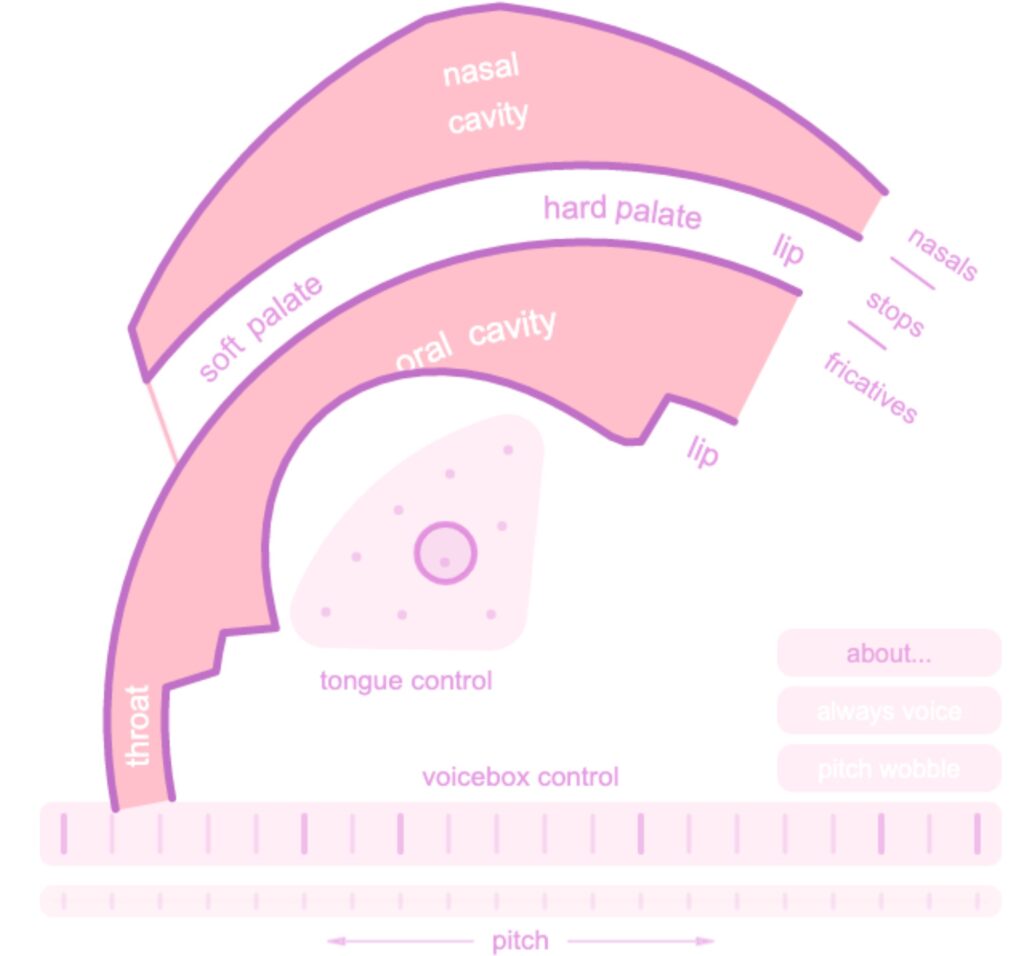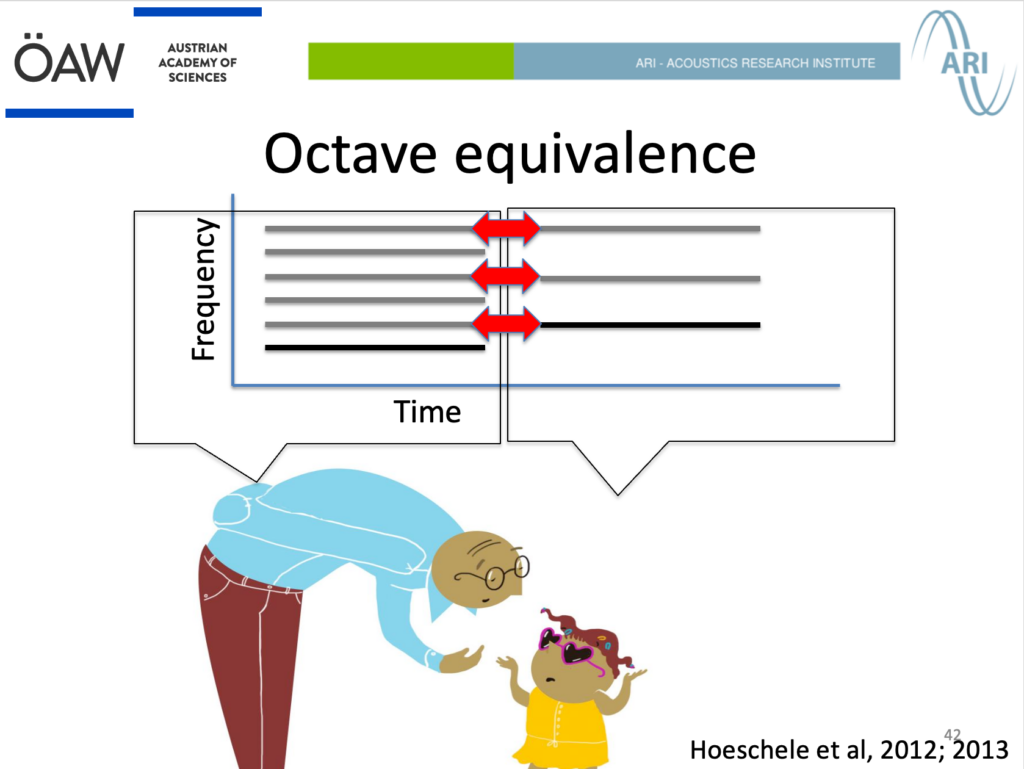The goal of most synthesizers is to make things that sound pleasing or interesting to our ears. This has biological implications which I think are worth examining.
Every human has a sawtooth oscillator inside of us (and filters!)
That characteristic “buzz” of a sawtooth oscillator (one of the most classic synth sounds) comes pretty close to the buzz our vocal chords produce.
That vocal chord buzz is then filtered, shaped and modulated by our throat, our tongue and oral cavity.

So, not only do we have meatspace sawtooth oscillator inside of us, we have a complex set of filters and modulation tools at our disposal.
We also collectively have many thousands of years of cultural experience operating our vocal synthesizers — for both speech and music. That means our ears are able to differentiate quite subtle tonal and spectral variations produced by other humans — it follows that we would model our instruments to produce the same types and ranges of sounds.
Subtractive synthesizers follow this source-filter model of our biology.
Harmonics are an important part to being human
Harmonics themselves are critical to human development. I learned this from my wife, Mars, who leads the “Musicality and Bioacoustics” research group at the Acoustics Institute of the Austrian Academy of Sciences.
Humans, like many other animals, are vocal learners. That means we learn to imitate sounds (language) from other members of our species.
Octave Equivalence
Part of how we do this is via something called Octave Equivalence — we hear a note, like a C# and what we hear is C#, regardless of what octave it’s in (or whether or not we can name it). When we go to sing along with that C#, we will sing it in whatever octave is most comfortable for us, because it “matches.”
This is critical in human development. It allows young children with higher vocal ranges to imitate adults with accurate tonal inflections (but one or two octaves higher).

The reason this “works” is because of the harmonic series. As you can see, the child’s harmonics overlap with the adult, reinforcing the even harmonics. They are in complete harmony, separated by an octave.
This is just one of the many interesting insights when one thinks about speech and music additively.
Leave a Reply